Much water has flown down the Ganges since 2014 when the Make in India program of boosting indigenous manufacturing was blueprinted by the new PM of India, Shri Narendra Modi. The program was brought with much fanfare and the visionary ideas contained therein received justified promotion and push. It was expected that the new government of BJP led National Democratic Alliance would translate the Make in India into a living reality of its vision at the ground level. But, regrettably, this did not happen. The excellent visionary plan remained largely on paper. Practical implementation of the program, indeed, left much to be desired.
Let me present some hard numerical figure based facts in regard to the above. The share of manufacturing in India’s GDP has steadily fallen from 15.5 percent in 2015 to 14.5 percent in 2019. In 2020, a year marked by Covid-19 and lockdown phases, the manufacturing activity suffered a severe jolt during the first two quarters of the financial year. The recorded value for 2020 is 13.5 percent. The first quarter of the financial year witnessed a huge down slide of GDP growth to -23.9 percent, while the next quarter still saw a negative growth rate pegged at -7.5 percent.
Make in India was at the heart and core of India’s economic resurgence. But this program did not receive the serious attention of the government that it so strongly merited. The government was late to realize that Chinese imports were eating into our manufacturing sector. This is borne out by the fact that India’s trade deficit with China which was 48.5 billion USD in 2014-15, kept on increasing to reach a level of 63 billion USD in 2017-18 when the government began restricting these imports by clamping import duty on selected items. In 2019-20, the trade deficit stood at 48.66 billion USD.
Make in India was the engine of economic growth and of employment generation. The growing trade imbalance with China hugely dented the manufacturing sector, with Indian businessmen dismantling their small scale manufacturing units and becoming the importer-distributors of Chinese goods. It made good economic sense to import industrial intermediates/raw materials to make value added items of the chemical and pharmaceutical industry but it made no economic sense to import toys, locks, construction hardware, shoes, computer hardware, garlic, crackers, Ganesh idols and other low-end consumer goods from China. It also made little economic sense to import power generation equipment from China when we had excellent indigenous manufacturing capability. During 2008 to 2013, we imported huge amounts of such equipment from China, while our central sector PSU- BHEL was suffering from huge idle capacity. The import of low end consumer goods from China was widely done till 2014–the result of anti national policies of playing into Chinese hands pursued by UPA1 and UPA2 regimes.
Now, the government has put import duties on a large range of Chinese goods because of the political and military standoff with China following its transgression of our border in Ladakh in June 2020. This standoff was truly a blessing in disguise for India because it has rekindled India’s commitment to Swadeshi. In subsequent months, relations with China only got further strained and imports from China were substantially cut down. Also because of environmental issues with China’s big factories and growing controversy surrounding China’s role with regard to Coronavirus, many countries across the world stopped outsourcing from China and placed orders on manufacturing entities in Vietnam and India. Especially is this so in the area of speciality chemicals, textile yarns and fabrics and components for defense equipment production. All this is set to revive our manufacturing sector by default.
However, to give a grand impetus to Make in India, it would be necessary to--
- Reduce dependence on foreign capital and FDI as we have huge domestic capital with our banks flush with funds. In any case, FDI has not bountifully flowed into India for setting up manufacturing units.
- Urgently and speedily push reforms on labour laws and land acquisition—the labour laws could be modified to enable manufacturers to outsource labour to specialized agencies. This would lift burden off the manufacturing agencies for labour laws compliance. The land acquisition bill could be amended to enable manufacturing units to be installed on leased land with acquisition made nonmandatory. This would avoid delays in land acquisition due to price negotiation or disputes leading to litigation.
- Bring about structural reforms in our central and state government bureaucracy, a step which brooks no delay. The changes need to be such as will make the bureaucracy more responsive, less repressive, less obstructionist, more business friendly and collaborative and better aligned to free market economy. This is going to be a huge and monumental step but a beginning has to be made and this would be made best in the context and area of Make in India.
- Give a push to Make in India through the public sector undertakings like BHEL, SAIL, BEML, MDNL, HAL, PACL, GACL etc. so that the program gets an initial momentum and the private sector could follow suit. We know that many of these PSUs are in the process of disinvestment but that should not deter the push of indigenous manufacturing in the areas served by PSUs.
- Promulgate a comprehensive Bill for Make in India covering all the above points. This program should receive utmost priority in our developmental plans for the future because only this program can make India a 5 trillion USD economy by 2025.
This is the best time to focus on our manufacturing sector and revitalize it to make it the preferred global supply source of value added goods. China’s present labour cost is about 5 times that of India and the Chinese economy is suffering from a severe domestic payment deficit. India stands at a big advantage vis-s-vis China in this regard.
India is a divinely endowed country with regard to material and human resources. It only needs systemic changes to come good as the economic engine of the entire world which it was for centuries in history. Change of political guard (satta parivartan) was not enough. It has to be supplemented by systemic changes (vyavastha parivartan) for realization of its lofty social, economic and geo-political objectives to become again the grand Bharat of the past.







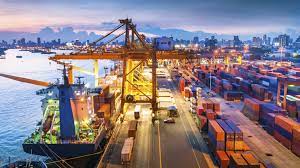
 OpinionExpress.In
OpinionExpress.In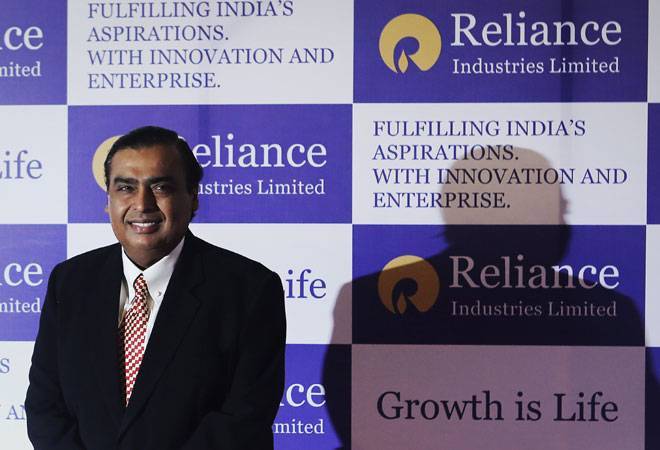
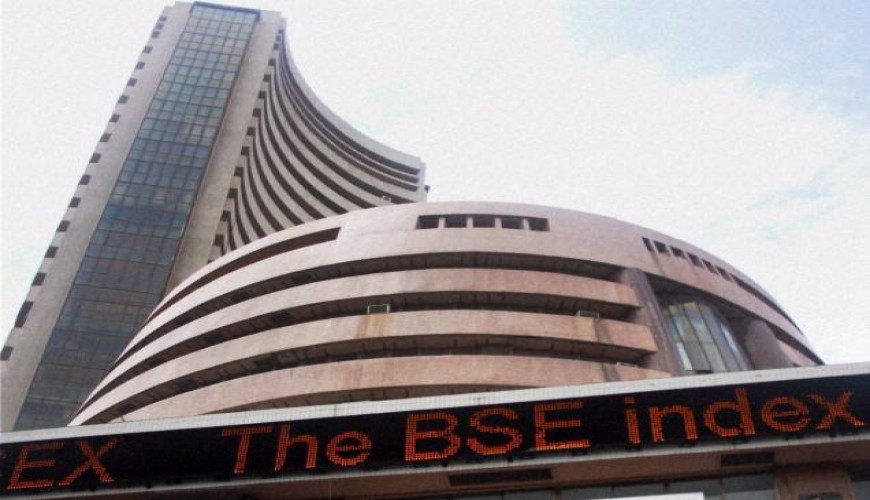
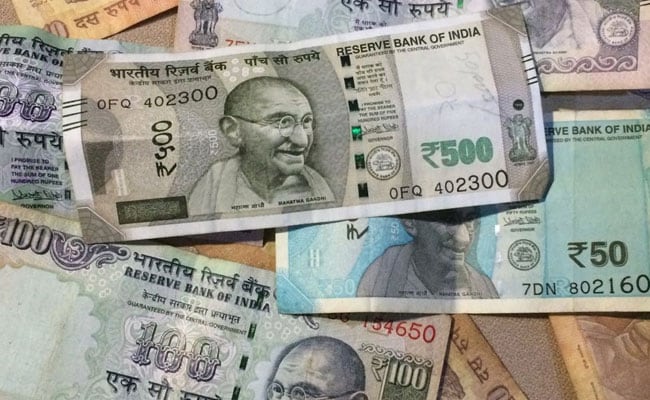





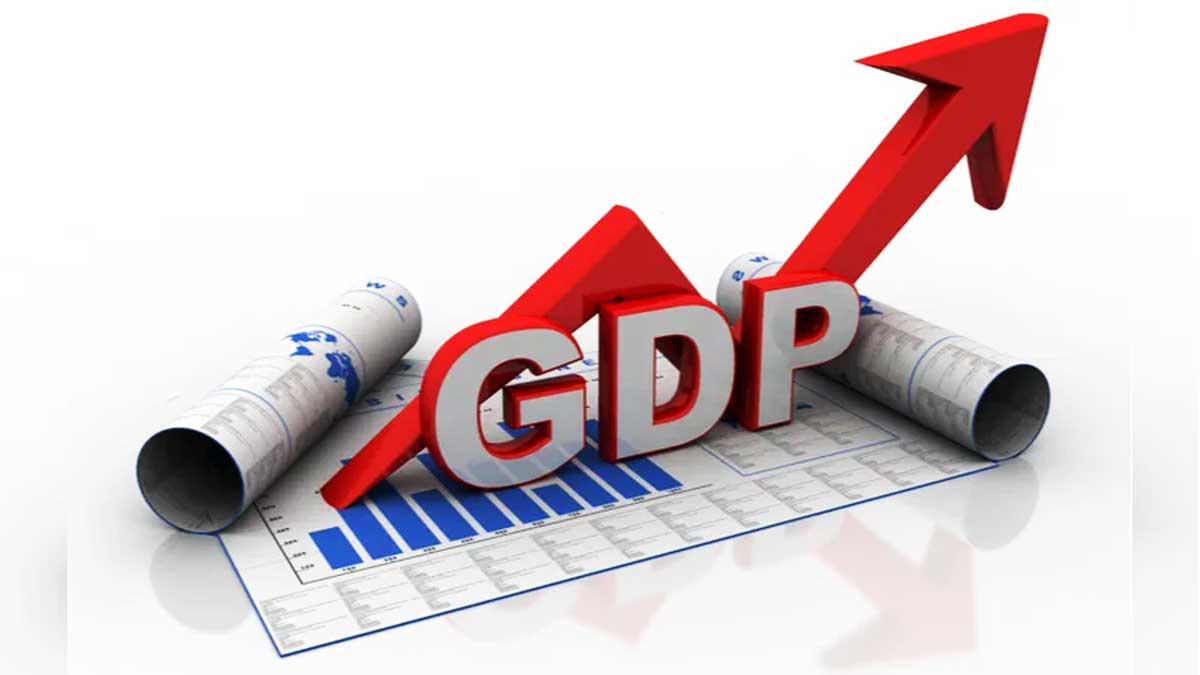







Comments (0)